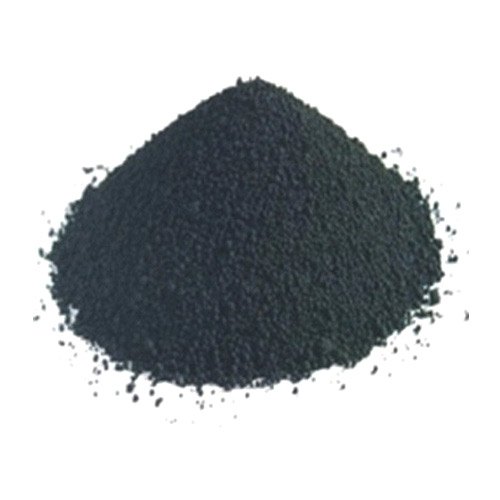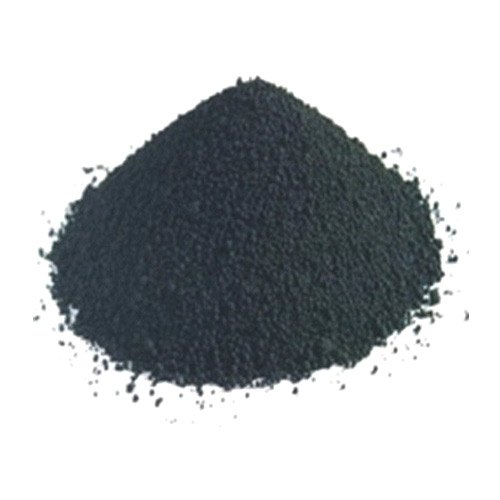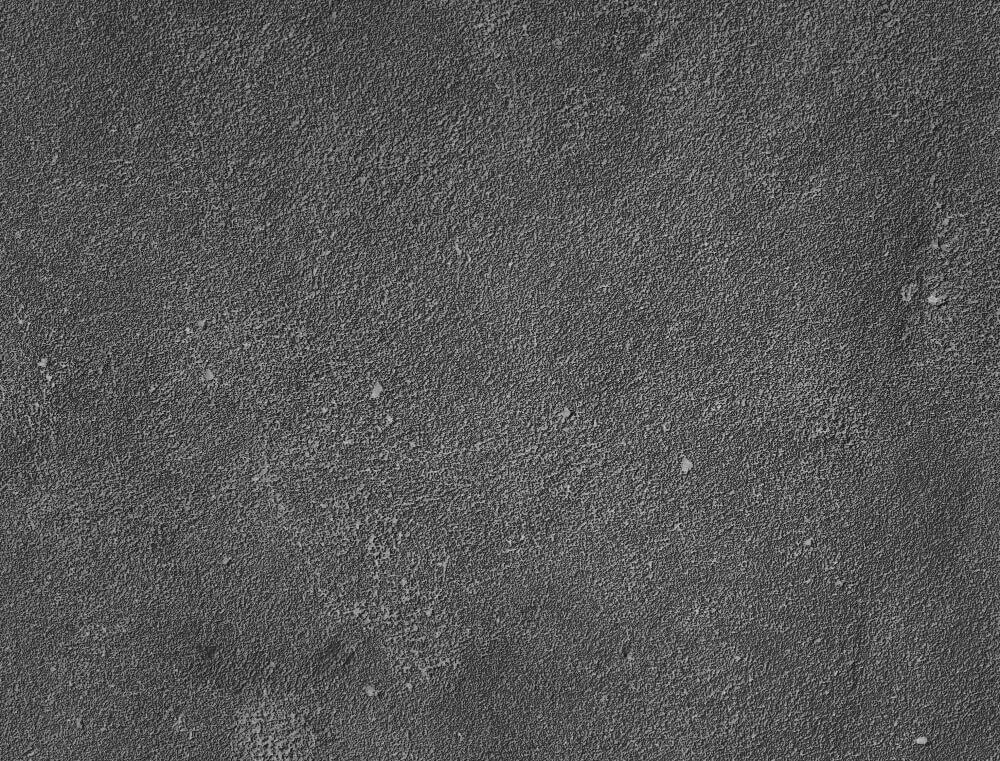The pencil is perhaps the graphite application that most people are familiar with. Graphite is a resilient material, although it is possible for components made of it to fail due to wear and tear over time, prolonged usage, or harsh environments. Consider using graphite cement from a Graphite Cement Manufacturer for your in-house restorations rather than spending money on new parts.
Graphite Cement:
A paste-like substance called graphite cement is used to bind graphite with a wholly carbonaceous bond. It is safe up to 5000oF (about 2700oC) in inert atmospheres. Make sure to adequately clean and prepare the surfaces before applying the graphite cement.
It should be cured at 260oF for five hours after application. The cemented joint is around 99% pure carbon after the jointed components have gone through a full heat cycle. The joints are frequently stronger than the substrate when the graphite cement is properly placed and cured.
Uses Of Graphite Cement:
You undoubtedly want to know how and when to utilize this special graphite application now that you are aware of its advantages. To begin with, you can assemble enormous monolithic graphite constructions from smaller parts or join carbon blocks using graphite cement. It works well to mend trays, dies, jigs, and fittings that have cracks in them.
Additionally, it may be used to mend holes, fix spalls, and fasten capsule lids. In addition, you may establish moulds and dies, seal plugs, patch subsectors, unite carbon foam and felt, and mend damaged resistance heating components using graphite cement. It turns out that this substance is rather versatile.
Preparation:
Be careful to make these basic preparations before utilising this amazing graphite product from Graphite Cement Manufacturer in India. Before joining any surfaces, carefully clean them. Dust made of graphite should be eliminated to ensure optimal adherence.
Before applying the graphite cement, the graphite or carbon that is to be connected must be dry. On to the actual product now. When not in use, graphite cement must have enough time to acclimate to ambient temperature. Graphite cement should be kept in a refrigerator.
Before using, mix the cement as directed. Apply the cement to both of the places that need it. Adding more cement to allow it to squeeze through the margins is acceptable it’s encouraged.
If you spread too much cement, it can always be scraped off once it has dried using steel wool, sandpaper, or even actual machining processes. In reality, the material is completely machinable after curing, and the junction is typically stronger than the materials it is joining.
Curing:
The cemented junction has to spend five hours curing at 260oF. Furnace linings and other big forms must be cured in place, usually with process heat, but smaller parts may be simply cured in ovens. The graphite cement will work at any specified temperature when curing is finished, just as the attached components.
It’s crucial to keep in mind that the healed joint will possess all the benefits and drawbacks of ordinary graphite. That indicates that graphite cement will oxidize at around 700oF in an oxygen atmosphere, just like any other graphite structure. The graphite fixtures and graphite cement from Graphite Cement Manufacturer should be used in a vacuum or controlled environment when operating over 700oF.



